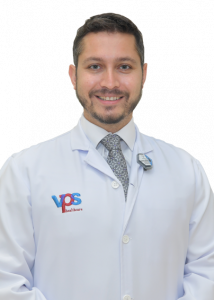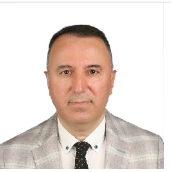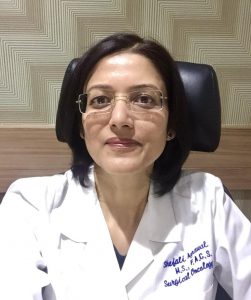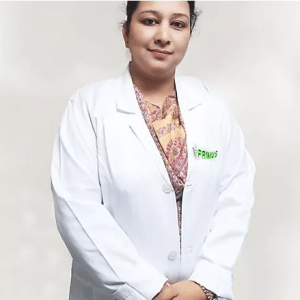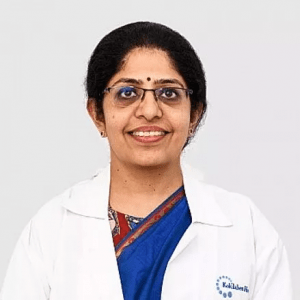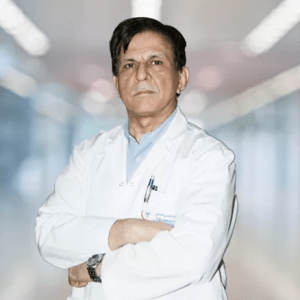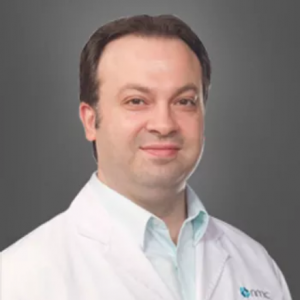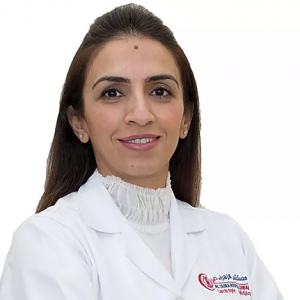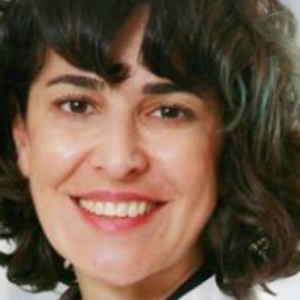Chronic Lymphocytic Leukemia (CLL)
Certain genes that promote cell growth and division are called oncogenes. Genes that slow down cell division or cause cells to die at the right time are called tumor suppressor genes. Cancers can be … Read More
Top Doctors For Chronic Lymphocytic Leukemia (CLL) Treatments
Top Hospitals For Chronic Lymphocytic Leukemia (CLL) Treatments
Chronic Lymphocytic Leukemia (CLL)
Cancers can be caused by DNA mutations (changes) that turn on oncogenes or turn off tumor suppressor genes.
Because CLL often grows slowly, not everyone needs to be treated right away. When treatment is needed, the main treatments used are:
• Chemotherapy for CLL
• Monoclonal Antibodies for CLL
• Targeted Therapy Drugs for CLL
• Supportive Care for CLL
• Stem Cell Transplant for CLL
Points to note …
• Leukemia may affect red blood cells, white blood cells, and platelets.
• Signs and symptoms of chronic lymphocytic leukemia include swollen lymph nodes and tiredness.
• Tests that examine the blood are used to diagnose chronic lymphocytic leukemia.
• Certain factors affect treatment options and prognosis (chance of recovery).
Symptoms
Chronic Lymphocytic Leukemia (CLL) does not cause any signs or symptoms and may be found during a routine blood test. Later, signs and symptoms may occur as follows:
• Painless swelling of the lymph nodes in the neck, underarm, stomach, or groin.
• Feeling very tired.
• Pain or fullness below the ribs.
• Fever and infection.
• Easy bruising or bleeding.
• Petechiae (flat, pinpoint, dark-red spots under the skin caused by bleeding).
• Weight loss for no known reason.
Causes
The exact cause of most cases of chronic lymphocytic leukemia (CLL) is not known. But scientists have learned a great deal about the differences between normal lymphocytes and CLL cells.
Normal human cells grow and function based on information in each cell's chromosomes. Chromosomes are long molecules of DNA. DNA is the chemical that carries our genes − the instructions for how our cells work. We look like our parents because they are the source of our DNA. But our genes affect more than the way we look.
Each time a cell prepares to divide into 2 new cells, it must make a new copy of the DNA in its chromosomes. This process is not perfect, and errors can occur that may affect genes within the DNA.
Some genes contain instructions for controlling when our cells grow and divide.
FAQ
not available currently





